Sustainable community development
The project built on the incredible transformation of two communities supported in 2015, successfully implementing, in two new communities of the Kisauni district, the Haller Approach, a four-stage holistic model that enables vulnerable communities to restore their soils, build capacity, achieve economic security and improve the environment. Despite the Covid 19 lockdown and curfew restrictions, and the unprecedented lack of rain in the region, the Haller Kenya team were resourceful and able to overcome these disruptions. 168 smallholder farmers were trained in the principles of conservation agriculture, helping restore soils, build capacity, increase community cohesiveness and improve both water and food security. Health outreach sessions delivered intense programs of primary care, family planning and education workshops covering nutrition, hygiene, ante & post-natal care and U5 immunization.
Founded in 2004, the Haller Foundation is a British charity. Its work is based on the techniques of Dr. René Haller, a Swiss environmental and tropical agronomy specialist. Its mission is to improve the livelihoods of farming communities in Africa.
News
Type
Community Development / Education / Health / EnvironmentDuration
July 2020 - March 2023Location
Kisauni District / KenyaWith whom
The Haller Foundation
Website
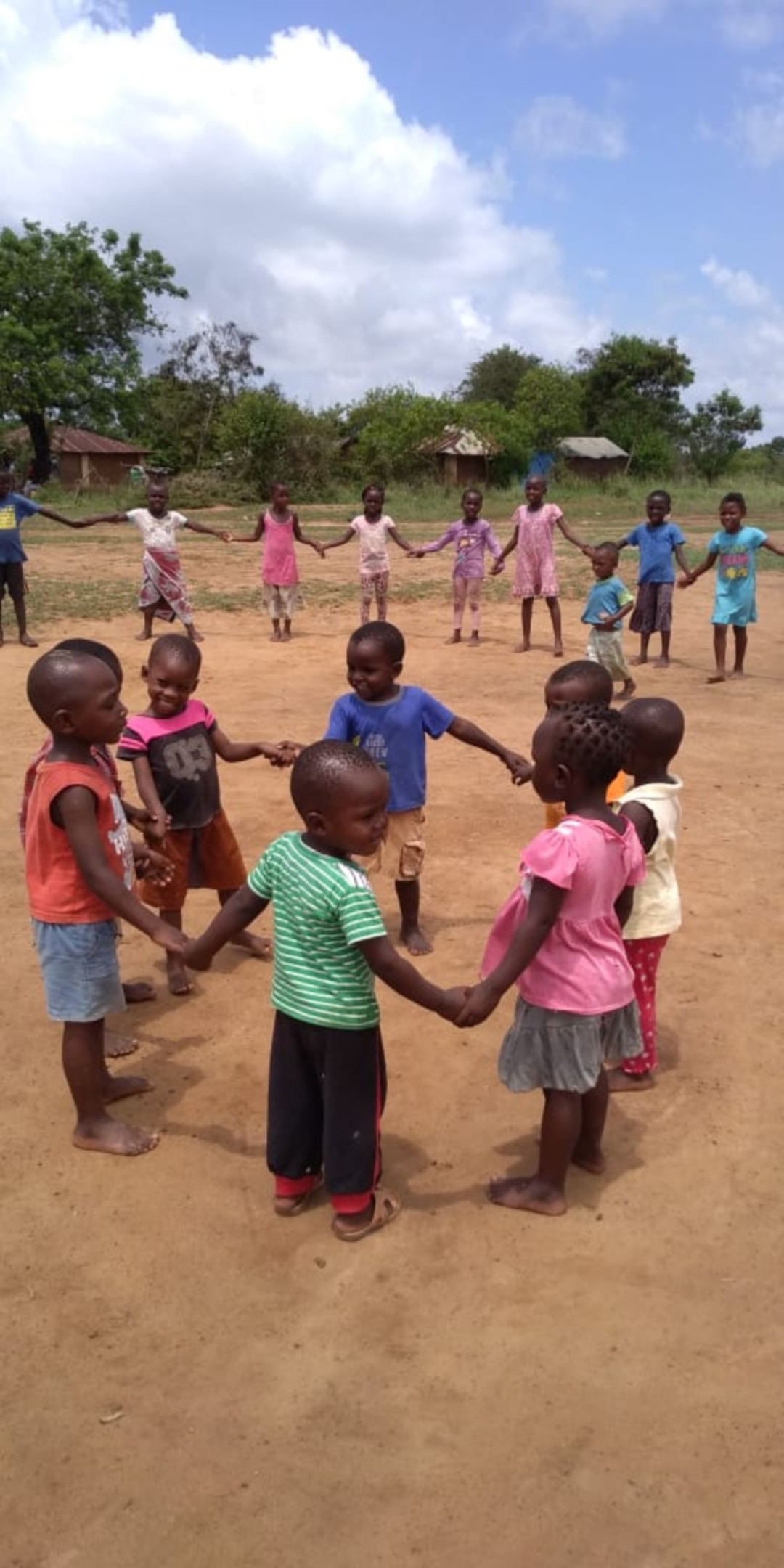
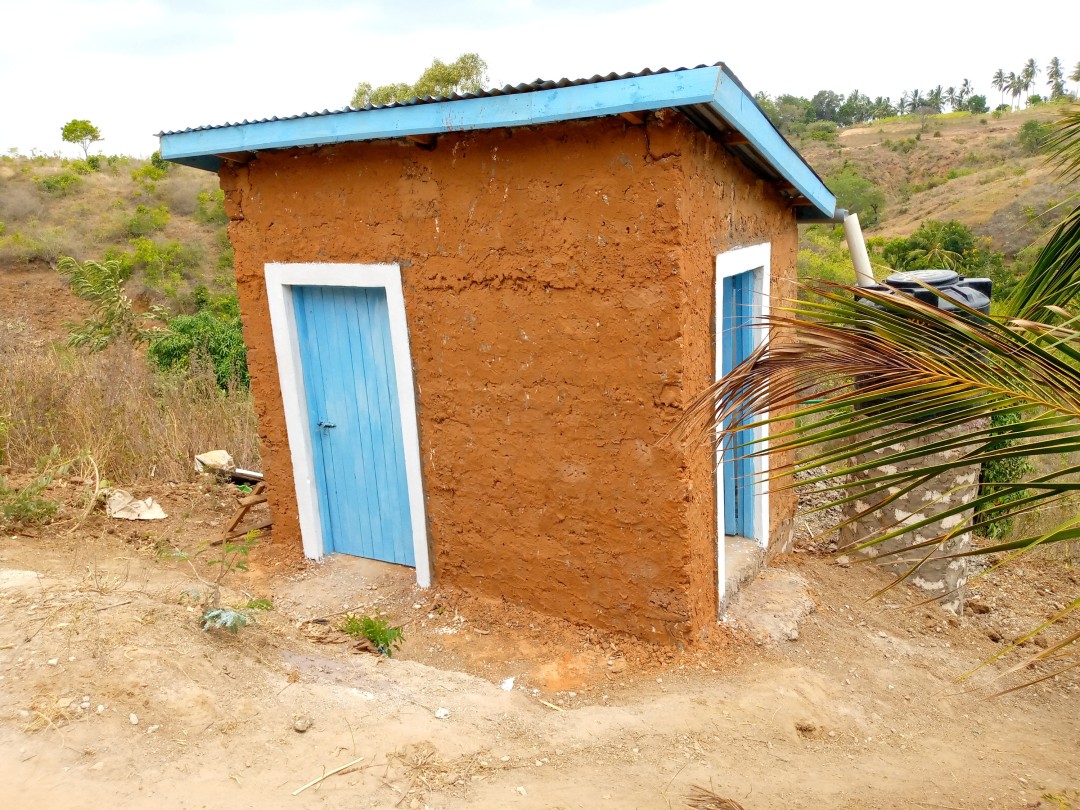
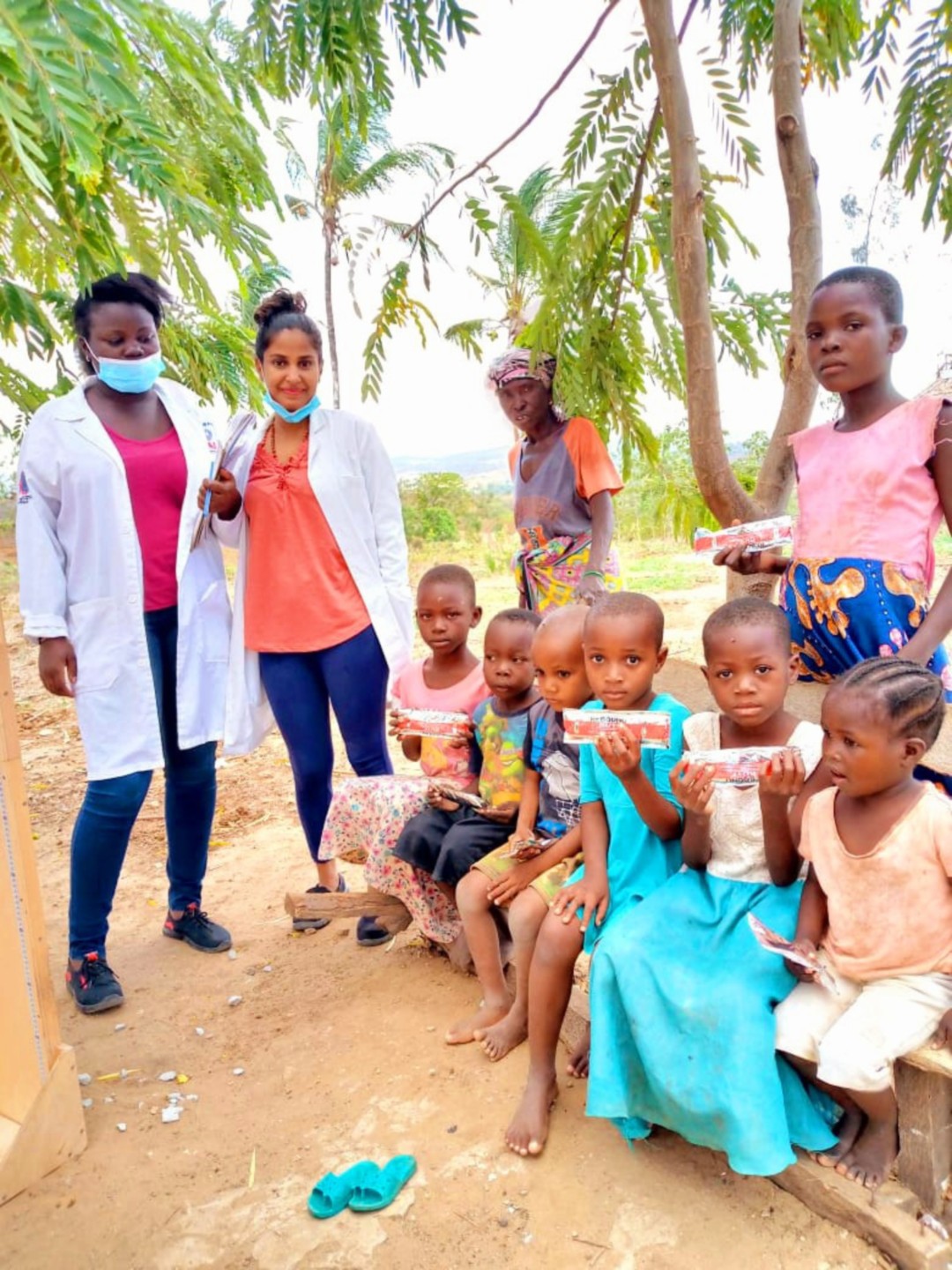
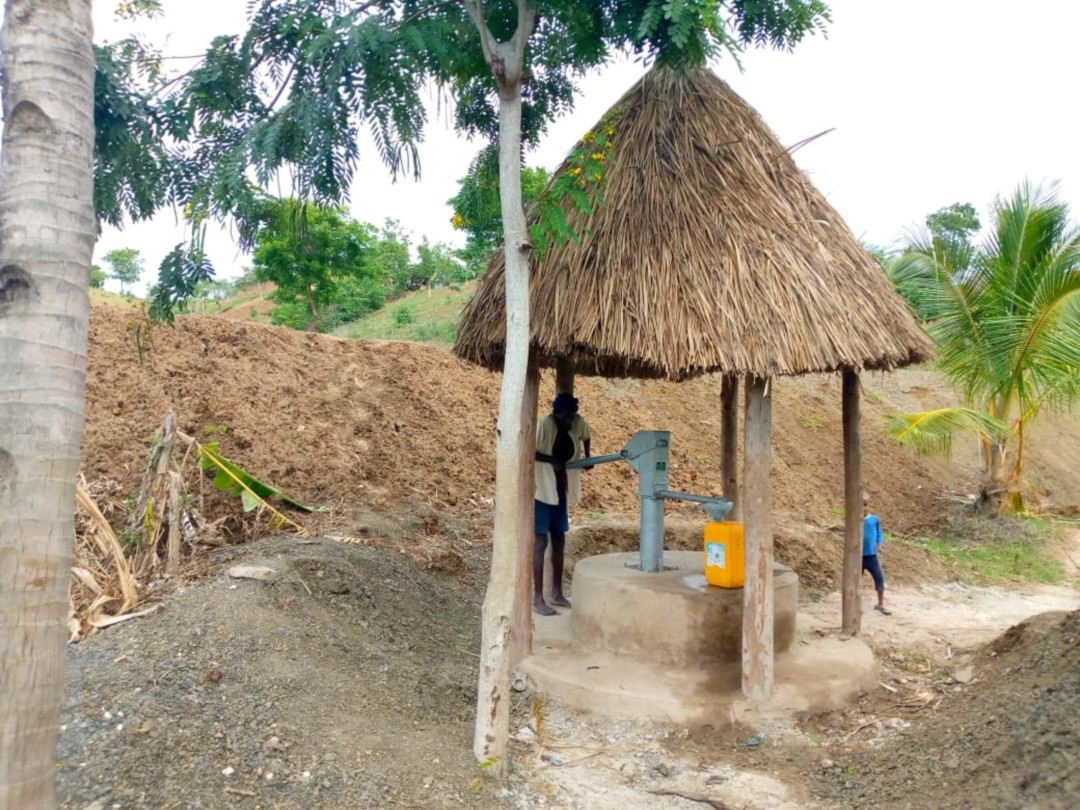
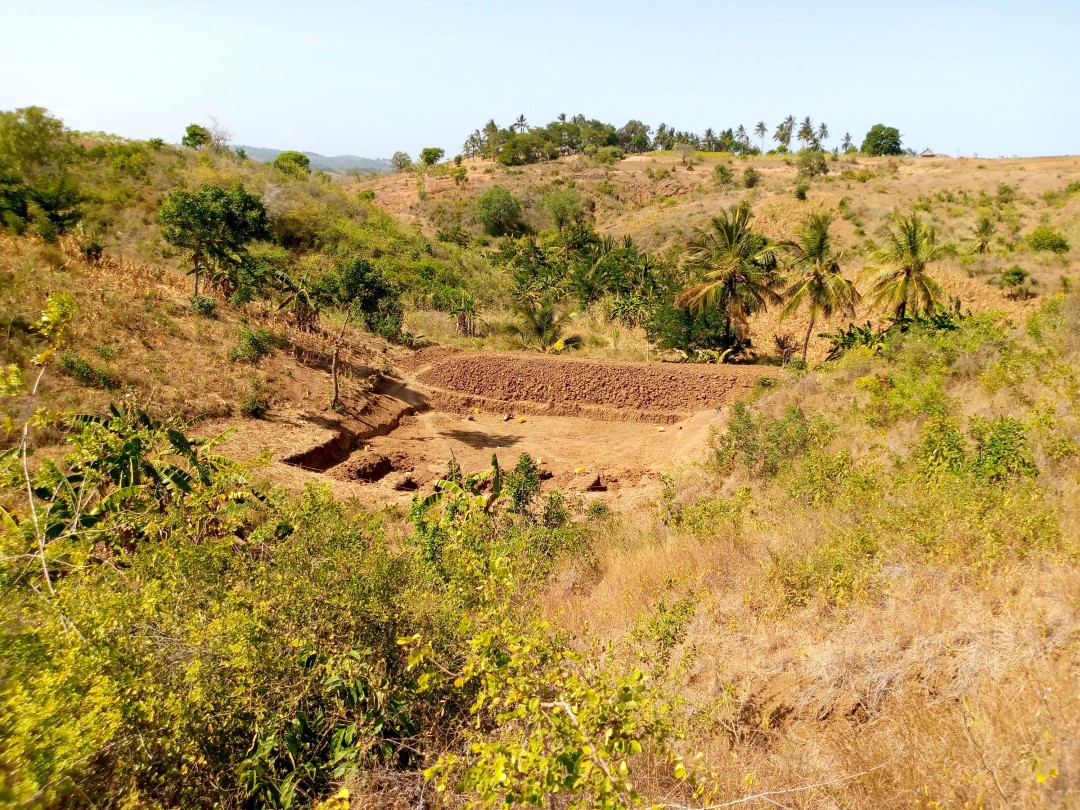

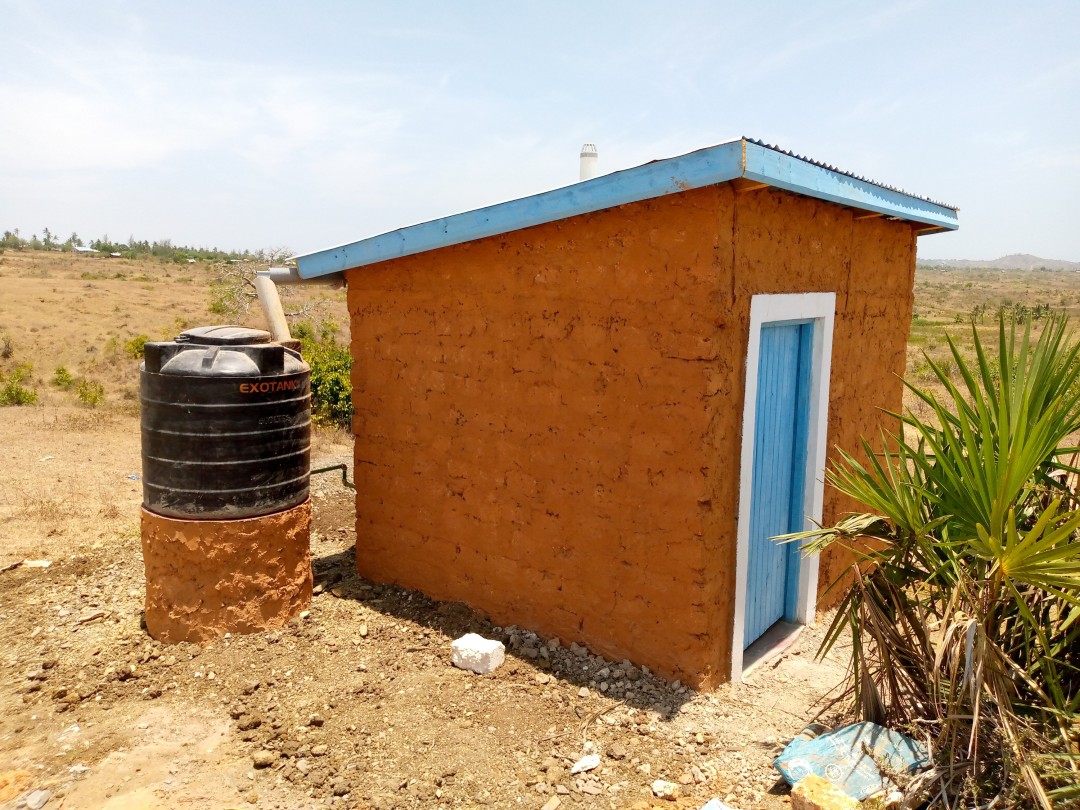
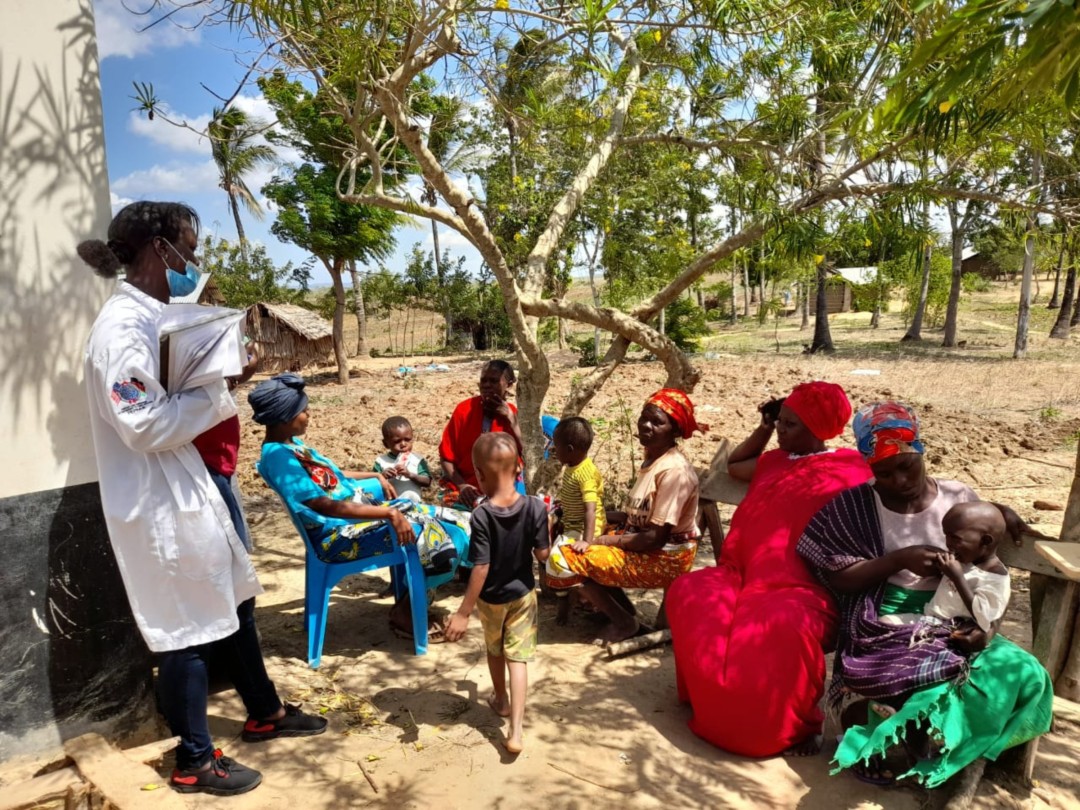
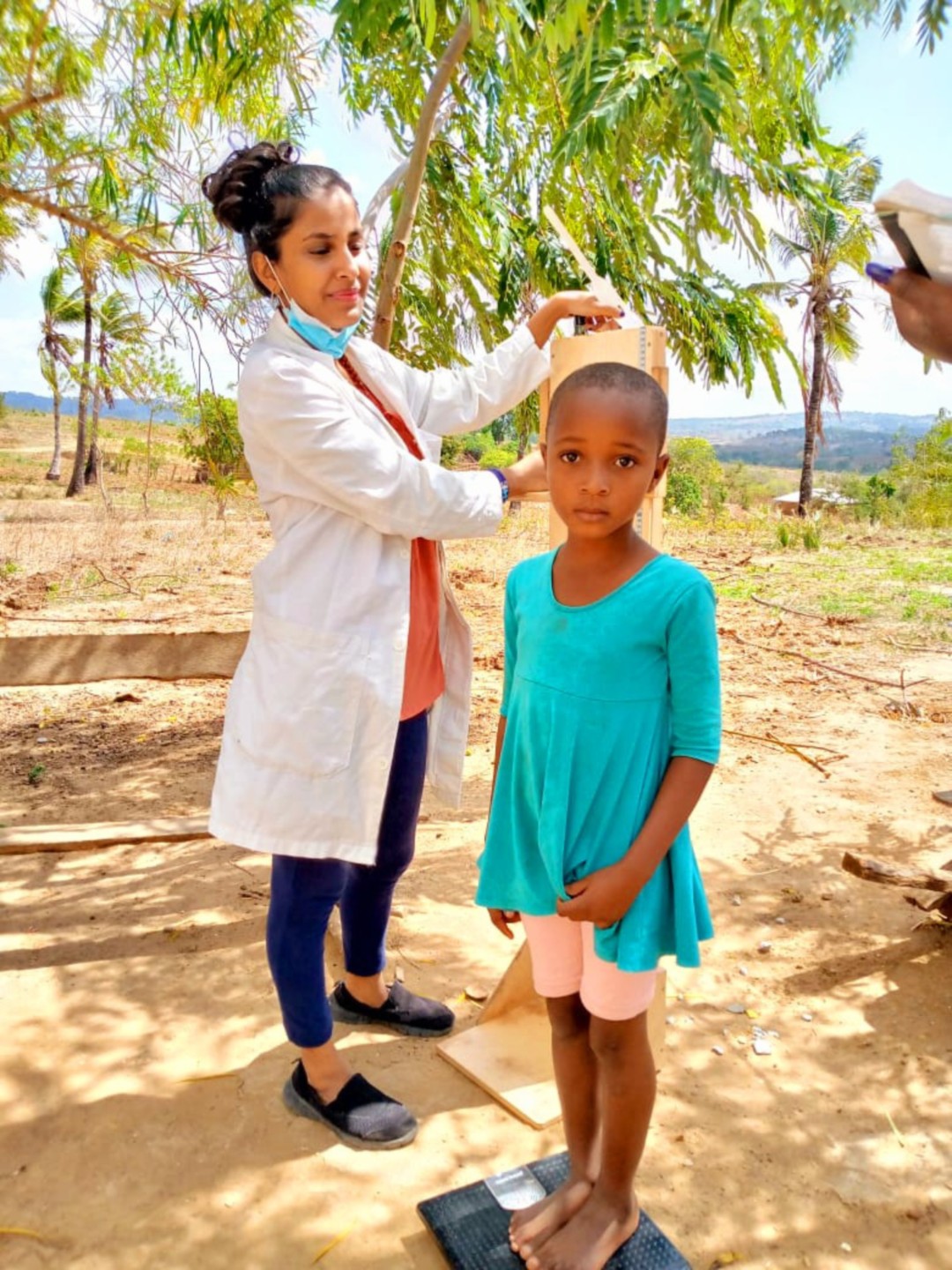

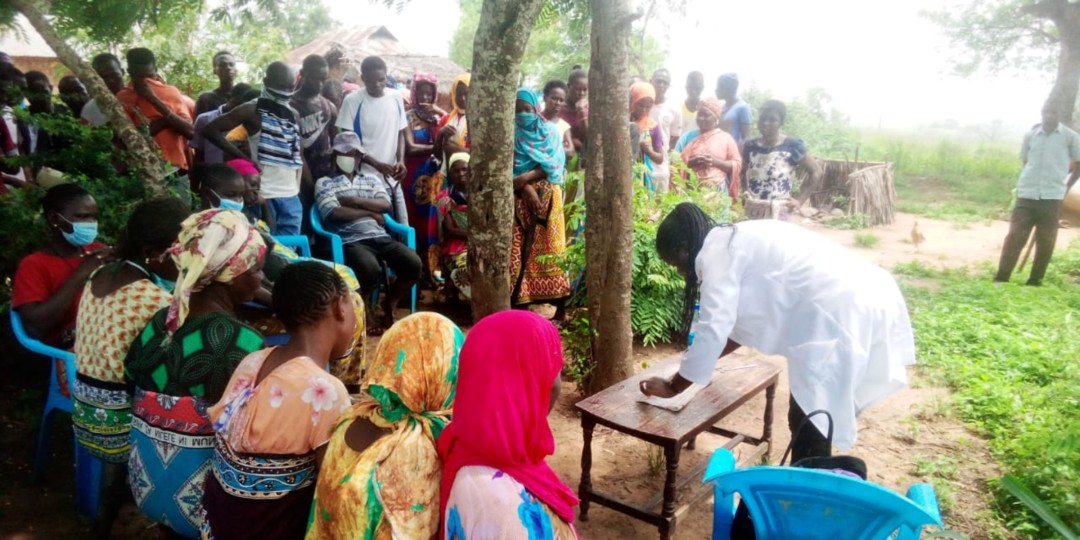
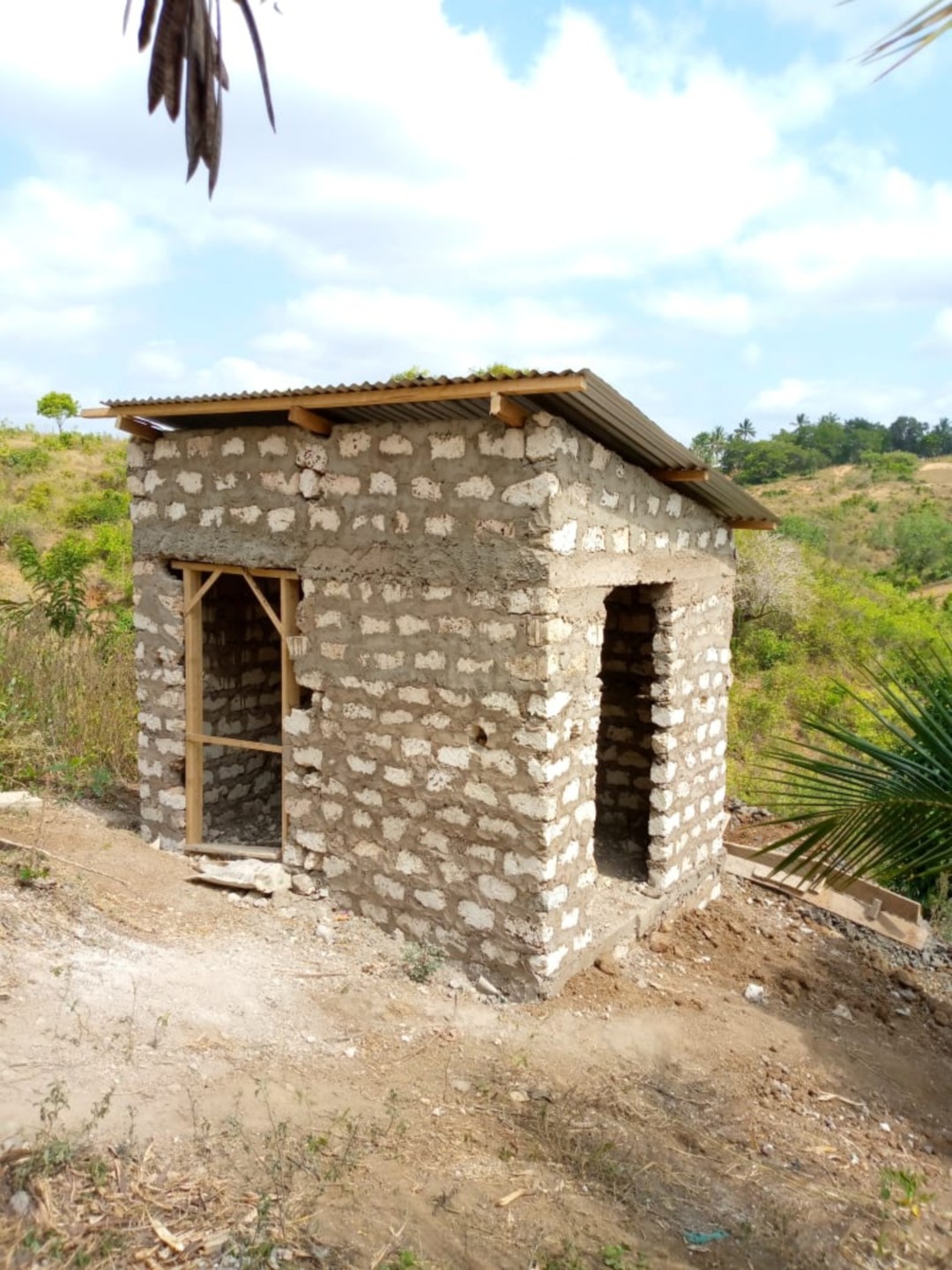
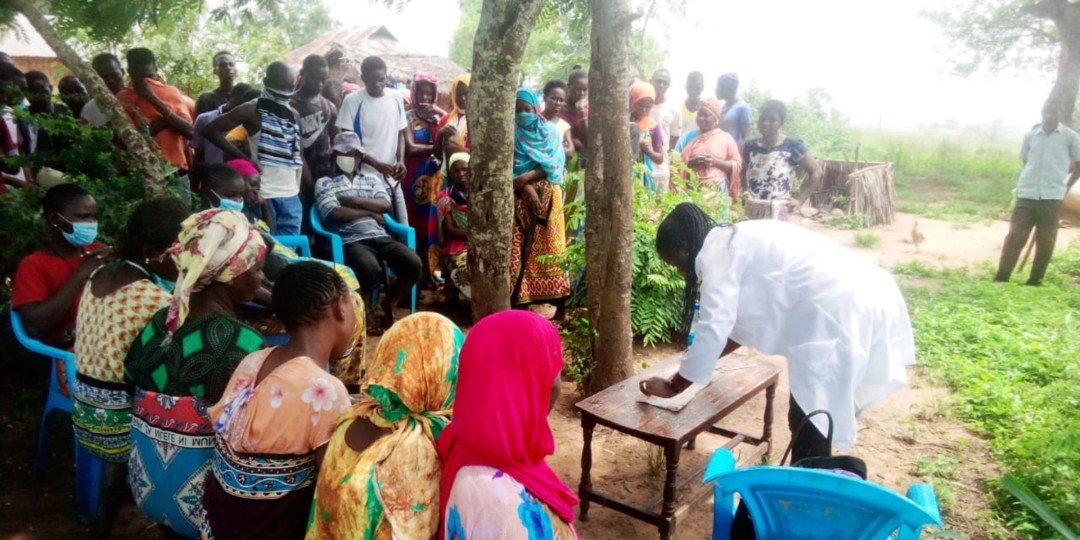


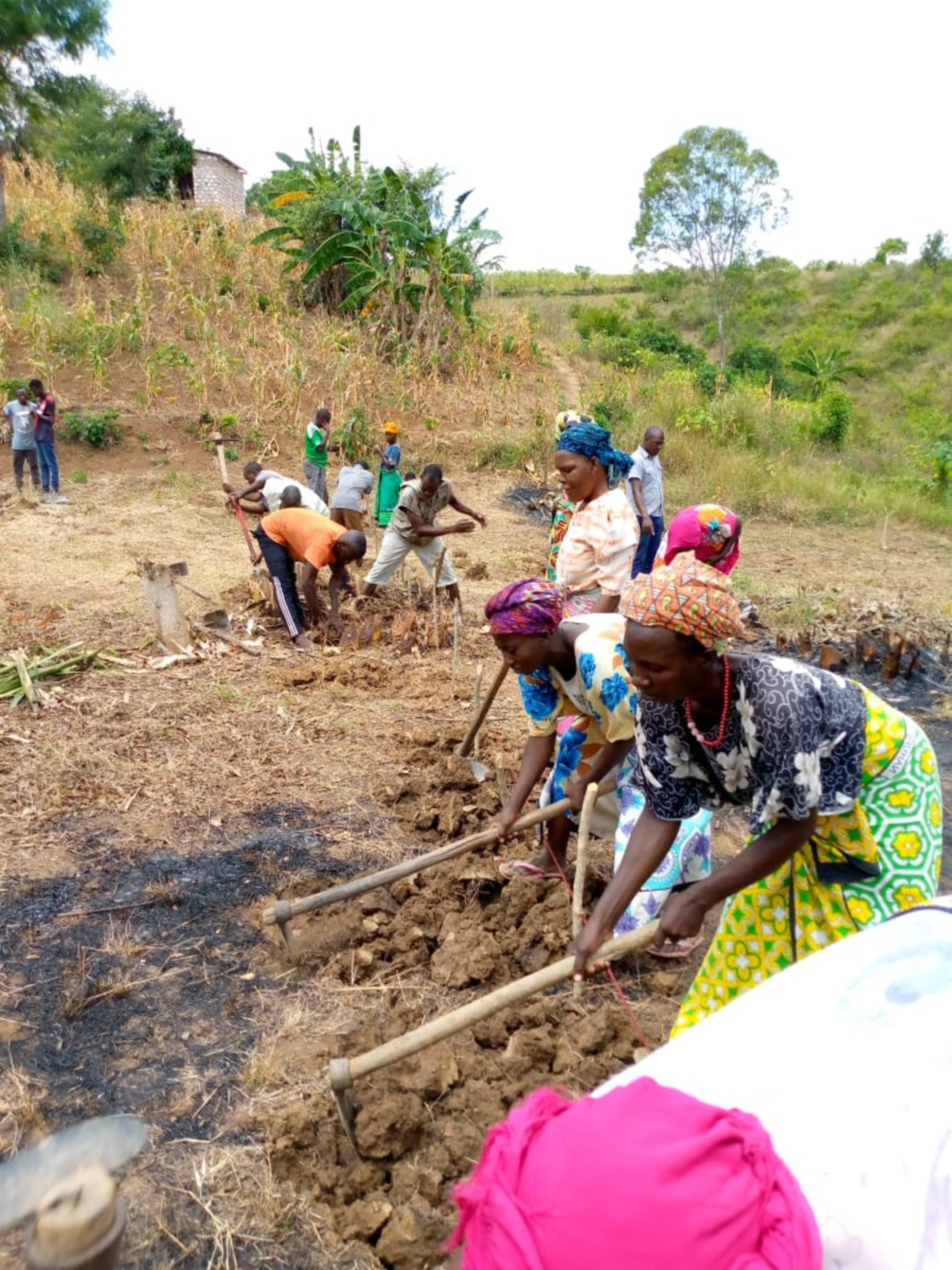
See also
Kenya
Population
49.7 million (2017)
Per Capita Income
USD 1,460/year (2017)
Poverty rate *
36% (2015)
Literacy rate
79% (2016)
Human Development Index
142nd out of 189 countries (2018)
Kenya’s macro-economic conditions have progressed over the past decade, improving the welfare of its population. However, a quarter of its population lives in urban informal settlements, arid and semi-arid rural areas and remain vulnerable to poverty, conflict, structural underdevelopment and disease. Even though national absolute poverty has declined overall, it remains high compared with neighbouring countries. Primary school enrolment has reached 100%. Access to household services such as electricity, improved drinking water and sanitation has steadily increased, even though coverage remains low (23%, 47% and 33% respectively). Youth unemployment and vulnerability to climate change remain key challenges.
Sources: World Food Program, UNICEF, World Bank, 2016 Human Development Report, Human Development Indices and Indicators (2018 Statistical Update)
*The percentage of the population living below the national poverty line.